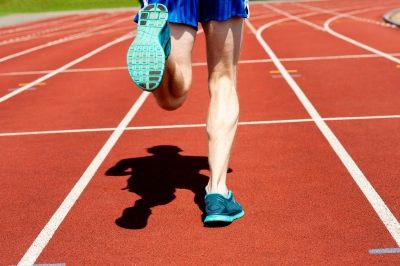Hamstring injuries are one of the most common soft tissue injures and are often seen in sports requiring high intensity running and changes in direction. Hamstring injuries can range from a mild muscle strain to a severe tears and knowing what you’ve done and how to manage it well will ensure you are back to your best as soon as possible.
The “hamstring” refers to the group of three muscles located at the back of the thigh (biceps femoris, semimembranosus and semitendinosus), which have some really important functions in helping to move the hip and knee in running, jumping and landing.
The hamstring muscles are most commonly injured in the running action where they are required to work with high force. They can also be injured with a pure over-stretch action – lengthened beyond the natural flexibility of the muscle and tendons. Strains located in the fleshy part of the muscle where there is good blood supply, tend to heal well with the right management while injuries that involve the tendon component (toward either end of the muscle) can be more complex to treat and may require a longer rehab program.
It is important to remember that there are a number of other reasons to get pain in the back of the thigh which may not be due to a local hamstring issue and can be identified by our sports physiotherapists – these can include pain arising from the lower back, hips or gluteals. There are also other factors that may place you at more risk of hamstring problems; including local muscle weakness in the hamstring, weakness in your gluteals, a history of previous hamstring injury, or restrictions in movement through the back, pelvis or even the ankle.
The keys to good management of hamstring injuries
Have a thorough physio assessment to determine the nature and severity of your hamstring pain
Avoid stretching of the injured muscle in the early days of injury (contrary to many peoples’ instincts)
Use the RICER principles in the early care of your injury
Undertake a rehab program that addresses re-strengthening of the hamstring muscles and a graduated running and agility plan
Your physio may also address other factors thought to contribute to your injury, for example tightness in adjacent joints, or weakness or tightness in other muscles such as your gluteals
Rehab programs have been shown to be most effective when they also include aspects of core stability, balance and general conditioning to compliment the hamstring recovery.
If you think you might have “pulled a hammy” – as we always say, look after it well, and come in to have it assessed so you can get on the road to a successful recovery.
Image courtesy of stockimages at FreeDigitalPhotos.net

